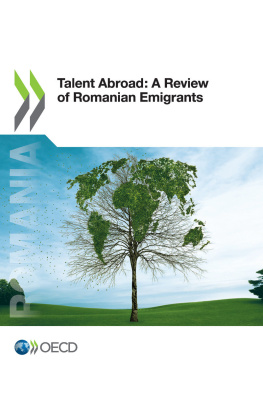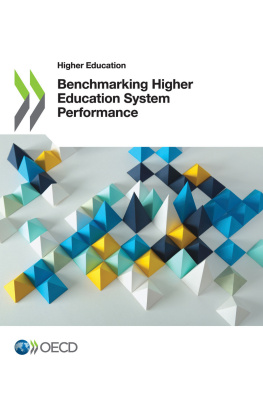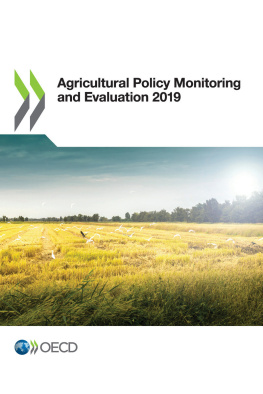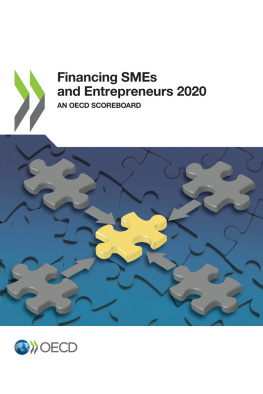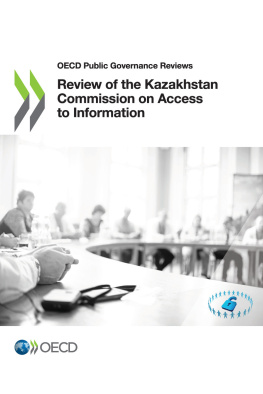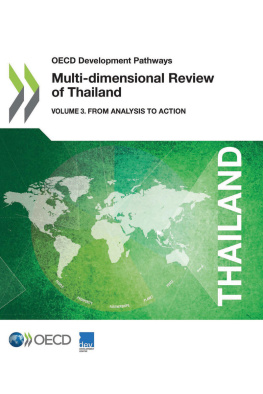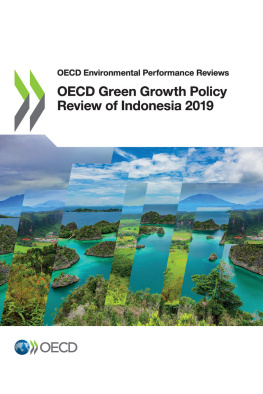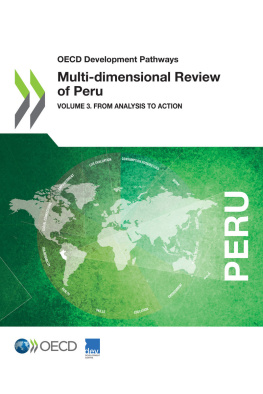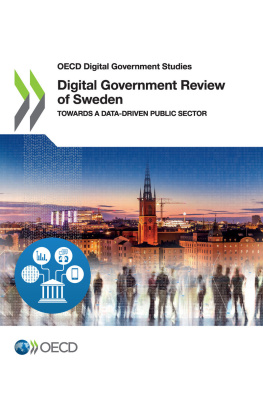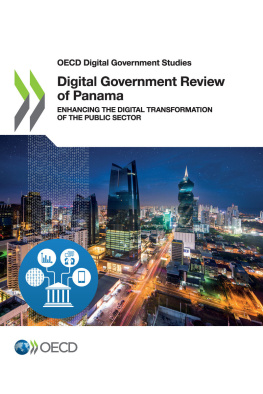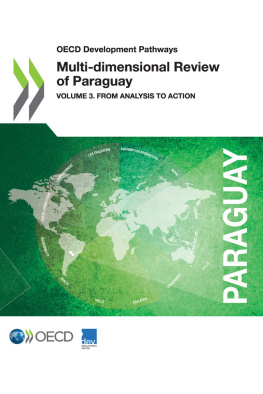OECD - Talent Abroad: A Review of Romanian Emigrants
Here you can read online OECD - Talent Abroad: A Review of Romanian Emigrants full text of the book (entire story) in english for free. Download pdf and epub, get meaning, cover and reviews about this ebook. year: 2019, publisher: OECD Publishing, genre: Politics. Description of the work, (preface) as well as reviews are available. Best literature library LitArk.com created for fans of good reading and offers a wide selection of genres:
Romance novel
Science fiction
Adventure
Detective
Science
History
Home and family
Prose
Art
Politics
Computer
Non-fiction
Religion
Business
Children
Humor
Choose a favorite category and find really read worthwhile books. Enjoy immersion in the world of imagination, feel the emotions of the characters or learn something new for yourself, make an fascinating discovery.
Talent Abroad: A Review of Romanian Emigrants: summary, description and annotation
We offer to read an annotation, description, summary or preface (depends on what the author of the book "Talent Abroad: A Review of Romanian Emigrants" wrote himself). If you haven't found the necessary information about the book — write in the comments, we will try to find it.
OECD: author's other books
Who wrote Talent Abroad: A Review of Romanian Emigrants? Find out the surname, the name of the author of the book and a list of all author's works by series.
Talent Abroad: A Review of Romanian Emigrants — read online for free the complete book (whole text) full work
Below is the text of the book, divided by pages. System saving the place of the last page read, allows you to conveniently read the book "Talent Abroad: A Review of Romanian Emigrants" online for free, without having to search again every time where you left off. Put a bookmark, and you can go to the page where you finished reading at any time.
Font size:
Interval:
Bookmark:
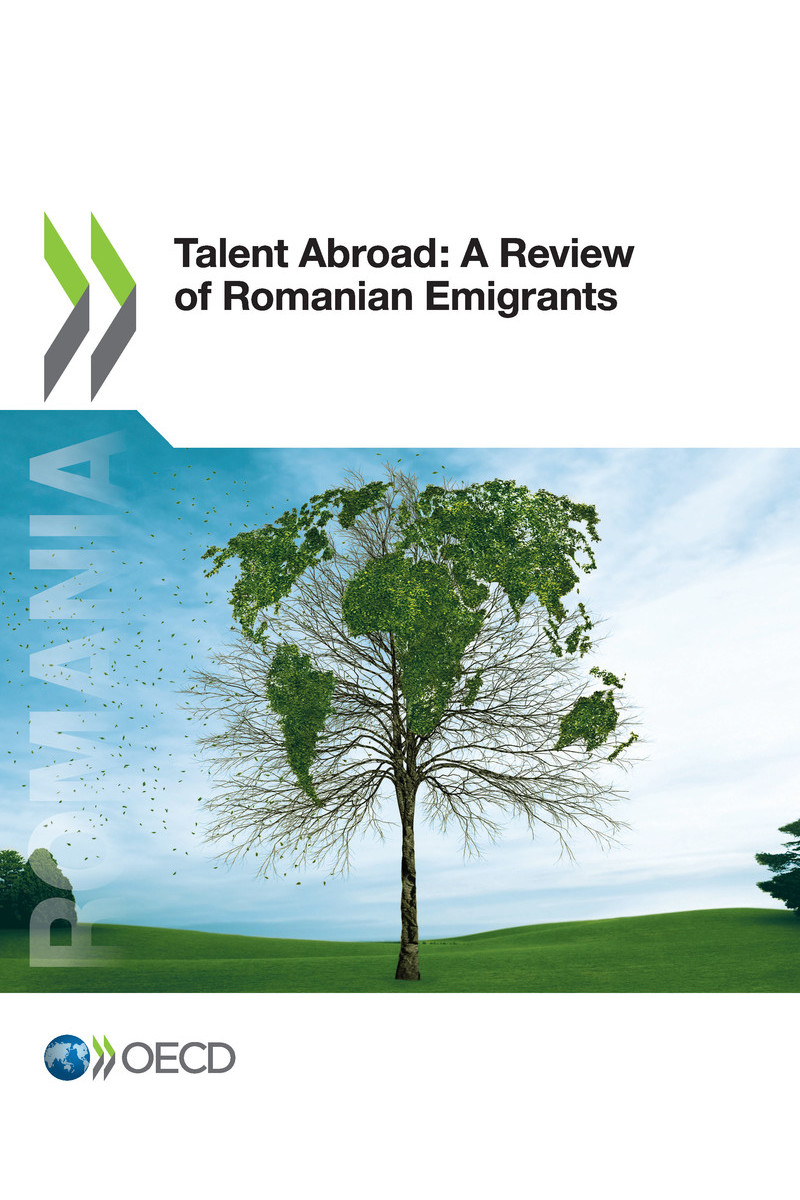
OECD (2019), Talent Abroad: A Review of Romanian Emigrants , OECD Publishing, Paris, https://doi.org/10.1787/bac53150-en .
Emigrants are often considered a loss for their country of origin but they can also play an important role in fostering trade and economic development, notably through the skills and contacts they have acquired abroad. If they choose to return, their re-integration into the labour market and society will be facilitated by the fact that they speak the local language, have specific social capital and possess local qualifications that are readily recognised by employers.
Drawing on the human resources of emigrants, however, necessitates maintaining links with them and pursuing policies adapted to the specific needs of each expatriate community. This entails, as a prerequisite, being able to identify precisely where, when and why people have left and what their socio-demographic characteristics and skills are, as well as gaining a proper understanding of the dynamics of the phenomenon and the aspirations of emigrants.
Statistical systems in countries of origin are generally poorly equipped to undertake this monitoring exercise. It is therefore helpful, if not essential, to compile information directly from destination country data sources. This is particularly challenging because it requires collecting data, based on comparable definitions and concepts, from a large number of countries across which emigrants are scattered. The OECD Database on Immigrants in OECD Countries (DIOC), which pools census and survey data, makes it possible to identify individuals over time by place of birth as well as by education and labour market status. It is a powerful tool for use in undertaking this mapping exercise, especially when complemented by available national sources (e.g. consular data, specific surveys, analyses of social networks) and many other international data sources.
This series of country reviews entitled Talent abroad aims to provide an accurate, updated and dynamic picture of diasporas by individual countries of origin. On this basis, and by building on cumulated experiences regarding the movements of diasporas, it is possible to formulate public policy recommendations on how best to engage with emigrants and mobilise their skills to support economic development in their country of origin.
The fourth volume in this series focuses on Romania, which, in recent years, has experienced fast-moving and far-reaching economic development. In view of the massive level of emigration by the Romanian population in the 21 st century, and the emergence of labour needs, the Romanian authorities are seeking to gain a better understanding of this pool of talent based abroad. To that end, this review was commissioned by the Ministry of Foreign Affairs of Romania.
The in-depth analysis of the Romanian diaspora presented in this OECD publication helps determine the economic potential of emigrants. How many emigrants are there, and where are they based? Are they of working age, and what is their level of education? What are the recent trends in terms of their number and socio-economic profile? What is their labour market presence in the host country and which occupations do they hold? What drives them to emigrate, and who are the ones who return? How do they contribute to the economic development of Romania?
This review was written by Charlotte Levionnois, Gilles Spielvogel, Michele Tuccio and Erik Vickstrom. Valuable comments were received from experts from Romanian institutions, including Ministry of Foreign Affairs (MFA) Economic Diplomacy Directorate (DDEc), Ministry of Foreign Affairs Consular Department (DCons), Ministry for Romanians Abroad (MRP) and the National Institute of Statistics (INS). The OECD Secretariat would like to thank the Ministry of Foreign Affairs of Romania, without whose support this review would not have been possible. The editorial assistance provided by Joanne Dundon and Anna Tarutina was greatly appreciated. Thanks are also due to Jean-Christophe Dumont, Head of the OECDs International Migration Division, and to the members of the Division for their comments.
This review provides the first comprehensive portrait of the Romanian diaspora in OECD countries, where almost all Romanian emigrants reside. It thus offers a detailed and current picture of the diaspora and its dynamics.
Romanian emigration was tightly controlled between 1950 and 1989. Exit visas made it difficult for Romanians to leave the country, and emigration was very low. The Romanian Revolution of 1989 led to the lifting of emigration restrictions and a subsequent increase in emigration in the early 1990s. Main destination countries were Germany, Hungary and Israel. Students and business people also sought new opportunities abroad. During the late 1990s, the United States and Canada became prominent destinations for Romanian emigrants as overall Romanian emigration decelerated.
There have been significant changes to Romanian emigration patterns since the early 2000s. Romanians had increasing access to mobility opportunities as Romania sought closer ties with the European Union. The accession of Romania to the European Union in 2007 represented a turning point. While some restrictions on free mobility remained in place as late as 2014, Romanians have increasingly migrated to other EU countries such as Italy, Spain, Germany and the United Kingdom. Emigration has become a major social and economic phenomenon for Romania, the population of which has fallen from 22.4 million in 2000 to 19.5 million in 2018, with outward migration responsible for more than 75% of this decline.
Font size:
Interval:
Bookmark:
Similar books «Talent Abroad: A Review of Romanian Emigrants»
Look at similar books to Talent Abroad: A Review of Romanian Emigrants. We have selected literature similar in name and meaning in the hope of providing readers with more options to find new, interesting, not yet read works.
Discussion, reviews of the book Talent Abroad: A Review of Romanian Emigrants and just readers' own opinions. Leave your comments, write what you think about the work, its meaning or the main characters. Specify what exactly you liked and what you didn't like, and why you think so.

